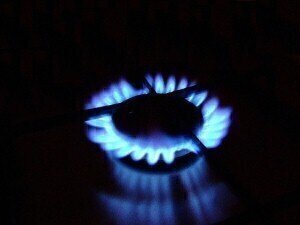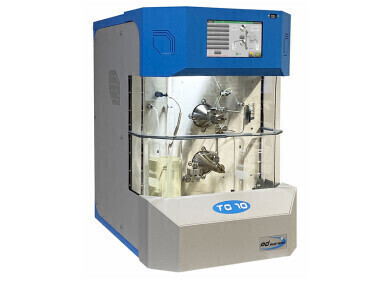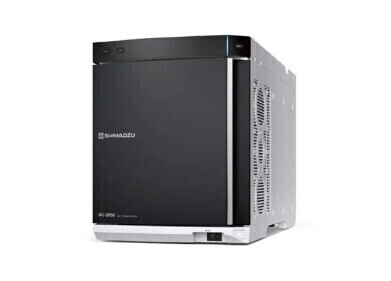Fuel Analysis
How Are Samples Taken for Fuel Analysis?
May 25 2021
Fuel analysis occurs at every stage of the upstream, midstream and downstream processes. Not only do fuel assays help to determine price, but they’re also used to optimise feedstock selection, minimise the risk of equipment damage and deterioration, improve workplace health and safety, uphold consumer confidence, ensure compliance with industry regulations and more.
Some samples are collected as part of routine testing procedures, while others may be extracted to resolve quality disputes. Regardless of the motivation, all fuel assays begin with sample extraction. Below, we outline some of the key stages of the process.
Assigning an extractor
Depending on the scenario, fuel samples will be collected by onsite workers or by a third party contractor. On ships, the onboard Chief Engineer is usually responsible for extracting a marine fuel samples. Once collected, samples should be sealed and signed by the personnel responsible for collection, then stored in a safe location while awaiting transport to a laboratory.
Ensuring accuracy
To ensure accuracy and minimise the risk of contamination multiple samples are usually extracted. When extracting from a tank this means taking samples from the top, middle and bottom sections. This three-part process is known as a “composite sample” and ensures the product is accurately represented. Particles and water generally appear in the bottom sample, while the middle sample offers insight into how settled the contaminants are. The top sample is used to offer analysts an indication of what quality could be possible with the right filtration and processing stages. When taking samples from pipelines it’s important to extract flowing oil as this best represents the end product offered at the custody transfer point.
Following ASTM guidelines
Highly regarded throughout the oil and gas sector, ASTM standards help to establish and maintain industry benchmarks. The ASTM Standard D4057-06 Standard Practice for Manual Sampling of Petroleum and Petroleum Products covers a variety of procedures used to collect liquid, semi-liquid and solid samples by hand.
Laboratory analysis
Once at the laboratory, samples are analysed by scientists using sophisticated equipment and instruments. Teams carry out elemental analysis to detect compounds such as sulphur, iron and salts. Other areas of interest include density and viscosity, as well as ISO cleanliness, water content and microbial contamination levels.
Want to know more about the advanced techniques used for elemental analysis. TE Instruments expert Sebastian Sanchez introduces the new Xplorer-V fully automated vertical combustion analyser in ‘Total Sulphur and Total Nitrogen analysis – Horizontal versus Vertical furnace arrangement.’
Digital Edition
PIN 25.1 Feb/March
March 2024
In This Edition Safety - The technology behind the ION Science Tiger XT - Safety with ammonia and LOHCs as hydrogen carriers Analytical Instrumentation - Discussion on new tribology te...
View all digital editions
Events
Apr 22 2024 Hannover, Germany
Apr 22 2024 Marrakech, Morroco
Apr 22 2024 Muscat, Oman
Apr 22 2024 Rotterdam, Netherlands
Apr 23 2024 Singapore


.jpg)

.jpg)














